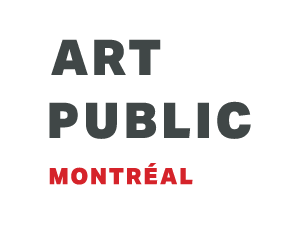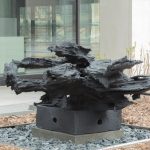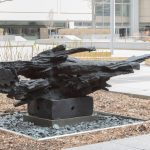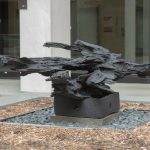
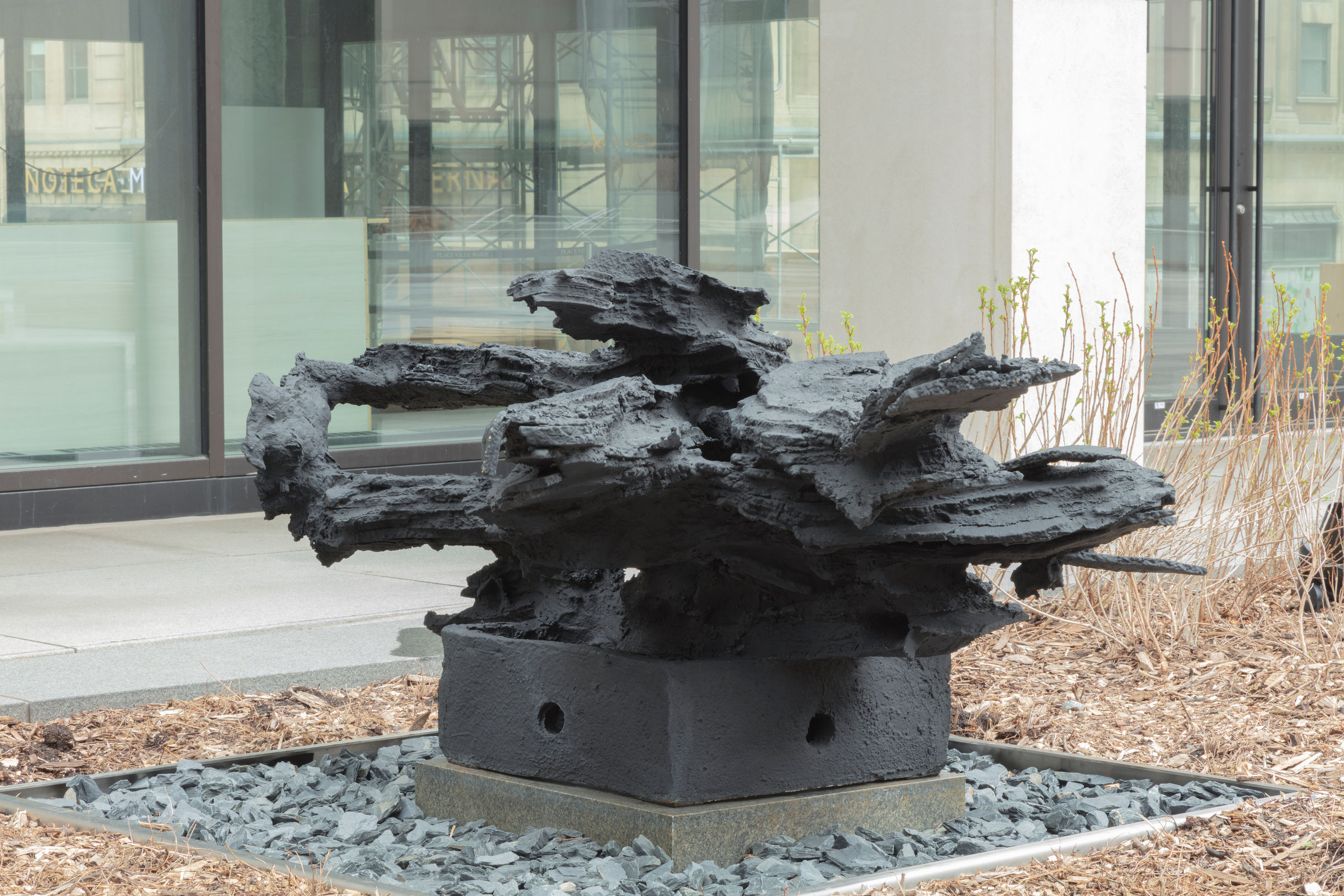
Born in Black Lake, this Québec artist was trained at the University of Ottawa and the École des beaux-arts de Montréal in the 1950s and is known for having upset well-established traditions in Québec, notably through his political engagement and his sculptural work.
Vaillancourt’s long and prolific career has featured by large-scale projects in the public space, including L’humain, a sculpture commissioned by the École des arts et métiers d’Asbestos (1963); Québec libre!, a fountain sculpture for San Francisco’s Embarcadero (1971); and Justice, an anti-apartheid artwork executed for the Palais de justice de Québec (1983).
Artwork description
This iron casting, which Armand Vaillancourt described as a “visual poem,” was produced as an homage to the marginalized people of what we now refer to as developing countries. It was made in an edition of three, two of which are part of the collections of the Musée national des beaux-arts du Québec and the Montreal Museum of Fine Arts. When the piece was first made it stood out for its horizontal axis and mineral appearance.
This piece reflects a process Vaillancourt first adopted in 1955-56 that allowed him to create sculptures directly and more spontaneously by carving a polystyrene form, which he then cast in iron. Here, the artist accentuates the iron’s texture, lending remarkable expressiveness to the work which in turn transmits a raw tension and energy. The work involved layering or stratifying his material in such a way as to evoke both organic and industrial forms. During this period, Vaillancourt created one of his most masterful works, La force (1964) for the International Sculpture Symposium of Montréal, in which the same ideas and processes are explored on an entirely different scale.
As a whole, Hommage au Tiers-Monde is emblematic of Vaillancourt’s formal and expressive approach, while also revealing his social and political engagement.
